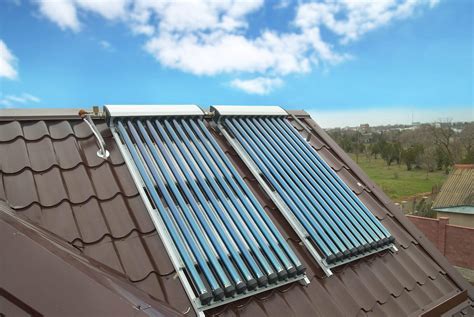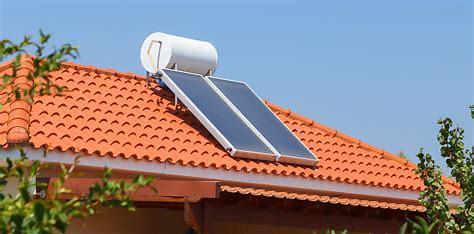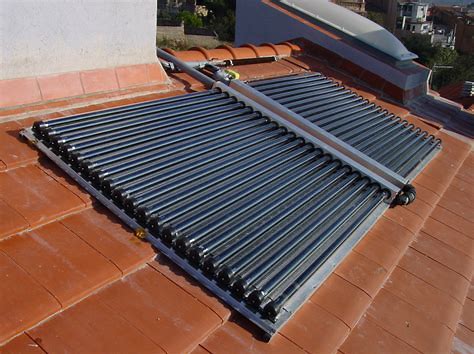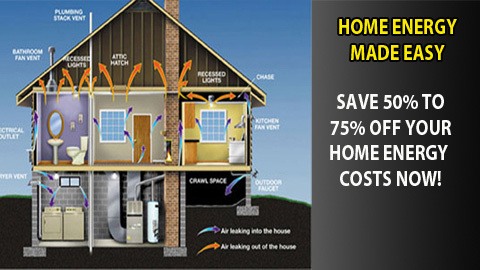
Solar Heating Do It Yourself: Benefits for Building Your Own Solar Heating System. Hey there! If you’re interested in eco-friendly and cost-effective ways to heat your home, then you’ve come to the right place.
Solar heating is an excellent option for those who want to reduce their carbon footprint and save money on energy bills. Nowadays, solar panels are becoming more popular as they harness the power of the sun to generate electricity.
But did you know that solar energy can also be used for heating? That’s right – by installing a DIY solar heating system, you can warm up your home using free renewable energy from the sun.
Not only will this help you save money on utilities, but it will also contribute towards creating a more sustainable future. In this article, we’ll tell you all about how to set up your own solar heating system at home with some simple tips and tricks.
So grab your tool kit and let’s get started!
Understanding The Benefits Of Solar Heating
As a solar heating DIY expert, I can tell you that there are many benefits to using this type of system in your home.
Not only does it provide an environmentally friendly alternative to traditional heating methods, but it also saves money in the long run.
By harnessing the power of the sun, you can reduce your reliance on fossil fuels and lower your monthly utility bills.
But perhaps the greatest benefit of all is the sense of independence that comes with creating your own solar heating system.
With a little bit of know-how and some basic components, anyone can build their very own DIY solar heater.
In the next section, we’ll discuss how to choose the right components for your system and get started on your path towards energy self-sufficiency.
Choosing The Right Components For Your Diy System

Now that we’ve gone over the benefits of solar heating, let’s talk about choosing the right components for your DIY system. The success of your project relies heavily on selecting high-quality parts that work together seamlessly to provide efficient and reliable heating.
First, you need to consider the size of your home and how much heat you’ll need. This will determine the number of collectors you require as well as the type of storage tank necessary to hold heated water or air. Additionally, think about local weather patterns and how they may affect your system throughout different seasons.
Here are some important factors to keep in mind when choosing components:
- Efficiency: Look for products with a high efficiency rating
- Durability: Choose materials that can withstand harsh outdoor conditions
- Compatibility: Ensure all components work together properly
- Cost-effectiveness: Balance quality with affordability
When installing your solar heating system, it’s crucial to follow safety protocols and manufacturer instructions carefully. Don’t attempt any electrical or plumbing work if you’re not qualified, and always wear protective gear when handling hot pipes or equipment.
With careful planning and attention to detail, however, you can create an effective solar heating system that provides years of cost-saving warmth for your home.
Installing Your Solar Heating System
Now that you have built your solar heating system, it’s time to install it. This is the most crucial step in the entire process as any mistake made during this stage can lead to inefficiency or even damage to the system. Take caution and follow these steps closely.
Firstly, identify a suitable location for installation which should ideally be an area with maximum exposure to sunlight throughout the day. Make sure there are no trees or buildings blocking access to direct sunlight.
Next, mount the collector panels on your roof or on a nearby structure using appropriate fixtures and ensure they face towards the sun. Connect the pipes from the collector panels to your water storage tank making sure they are tightly sealed.
Finally, connect all necessary electrical components such as pumps and controllers according to manufacturer instructions. Once everything is connected securely, test run your system before use.
As a solar heating diy expert, I cannot emphasize enough on how important proper installation of your solar heating system is. A well-installed system will guarantee optimal efficiency while reducing energy costs significantly.
With careful consideration of positioning and correct connection of components, installing your own solar heating system can be simple yet rewarding.
In our next section we’ll discuss maintaining and troubleshooting your system – ensuring longevity and continued performance of this investment in sustainable living!
Maintaining And Troubleshooting Your System

Maintaining and troubleshooting your solar heating system is crucial in ensuring it works efficiently. Regular maintenance will save you from costly repairs, extend the lifespan of your system, and keep it running at optimal levels.
Here are some tips on how to maintain and troubleshoot your DIY solar heating system:
- Inspect the collectors: Check for any damage or debris that may have accumulated on them. Clean them regularly with warm soapy water.
- Check the pump: Make sure that the pump is functioning correctly by observing if there’s a flow of hot water through the pipes.
- Monitor temperature gauges: Keep an eye on all temperature gauges to ensure they’re working properly as this can impact how well your solar heating system functions.
- Replace worn out parts: If any part such as valves, pumps or insulation looks damaged or worn out, replace it immediately.
If you encounter problems with your solar heating system, don’t panic! Most issues are minor and can be easily fixed without professional help. However, if you’re unsure about what to do, contact a qualified technician who specializes in DIY solar heating systems.
Remember always to turn off power before attempting to diagnose or fix anything yourself. With proper maintenance and troubleshooting skills, you’ll enjoy years of efficient home heating without breaking the bank on expensive professionals’ bills .
Additionally, by harnessing the power of the sun, you’ll be doing your part for the environment by reducing your reliance on fossil fuels and decreasing your carbon footprint. So, take the time to learn about solar heating systems and invest in the necessary materials to build your own.
With a little bit of effort and knowledge, you can create a sustainable and cost-effective heating solution for your home.
Conclusion
In conclusion, I hope this article has given you a comprehensive understanding of how to install your very own solar heating system.
As an experienced DIY expert in the field, I can attest to the numerous benefits that come with utilizing solar energy for heating purposes.
Remember, choosing the right components and installing them correctly is crucial to ensure maximum efficiency and performance.
Just like any other appliance or system, regular maintenance will keep it running smoothly for years to come.
So don’t be afraid to troubleshoot any issues that may arise along the way!
As they say, ‘Rome wasn’t built in a day.’ Installing a solar heating system may take some time and effort, but the end result will not only save you money on energy bills but also contribute towards reducing carbon emissions.
Happy building!

